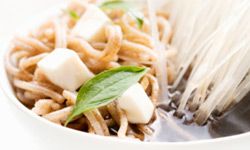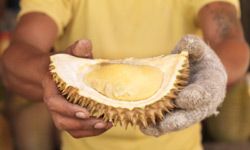When Christopher Columbus set sail from Genoa in 1492, it was spices he was after -- Indian spices like cinnamon, cardamom and cloves. No, the great explorer didn't have a craving for curry. Asian spices were all the rage in Europe, and they were so tightly controlled and heavily taxed that it cost an arm and a leg to import them. Finding a new route to India would earn esteem and gratitude from his sponsors, the King and Queen of Spain. Plus, they'd promised him governorship of any land he discovered and 10 percent of any profits it brought in.
Columbus never did find his way to India. But his voyages spurred a trans-Atlantic food exchange that transformed European and American cuisines, providing tomatoes for Italian pasta sauce, potatoes for Irish stew and pigs for Southern barbecues.
Advertisement
Today, there are still culinary realms to explore, and the route is as clear as your Internet connection. Let this article be your Niña, Pinta and Santa Maria, bringing you five curious foods that inhabit the far horizons of the world of cuisine. In other words, five foods that make you say: "People really eat that?"
Do you have a taste for adventure? Good. First, we look at a food that's been a mainstay in Asian cooking for over 2,000 years -- but it's one that most Americans still don't know what to do with.



